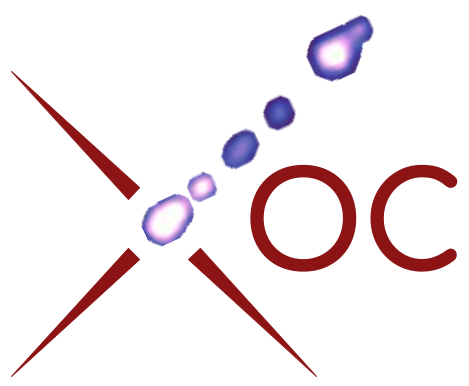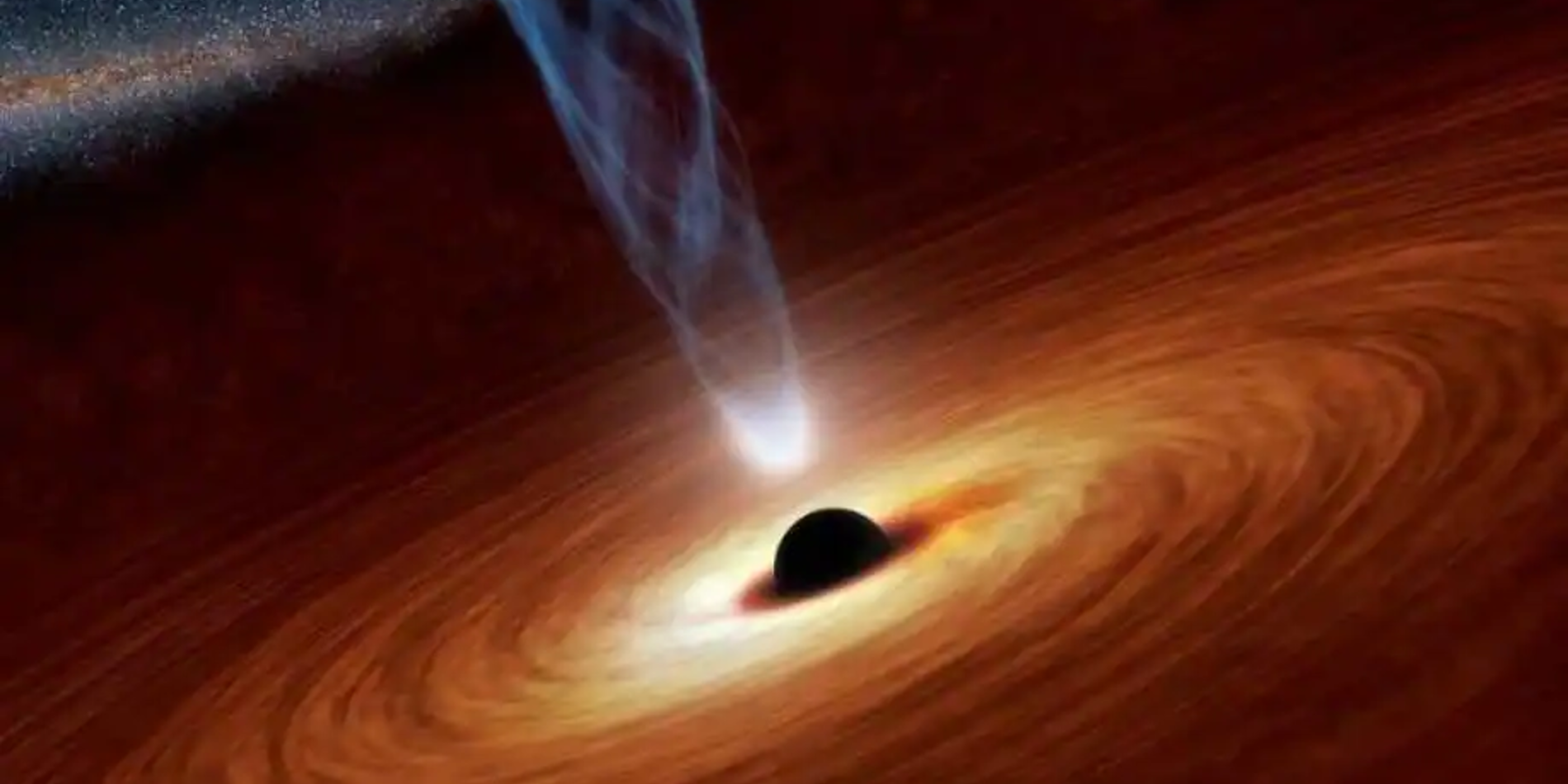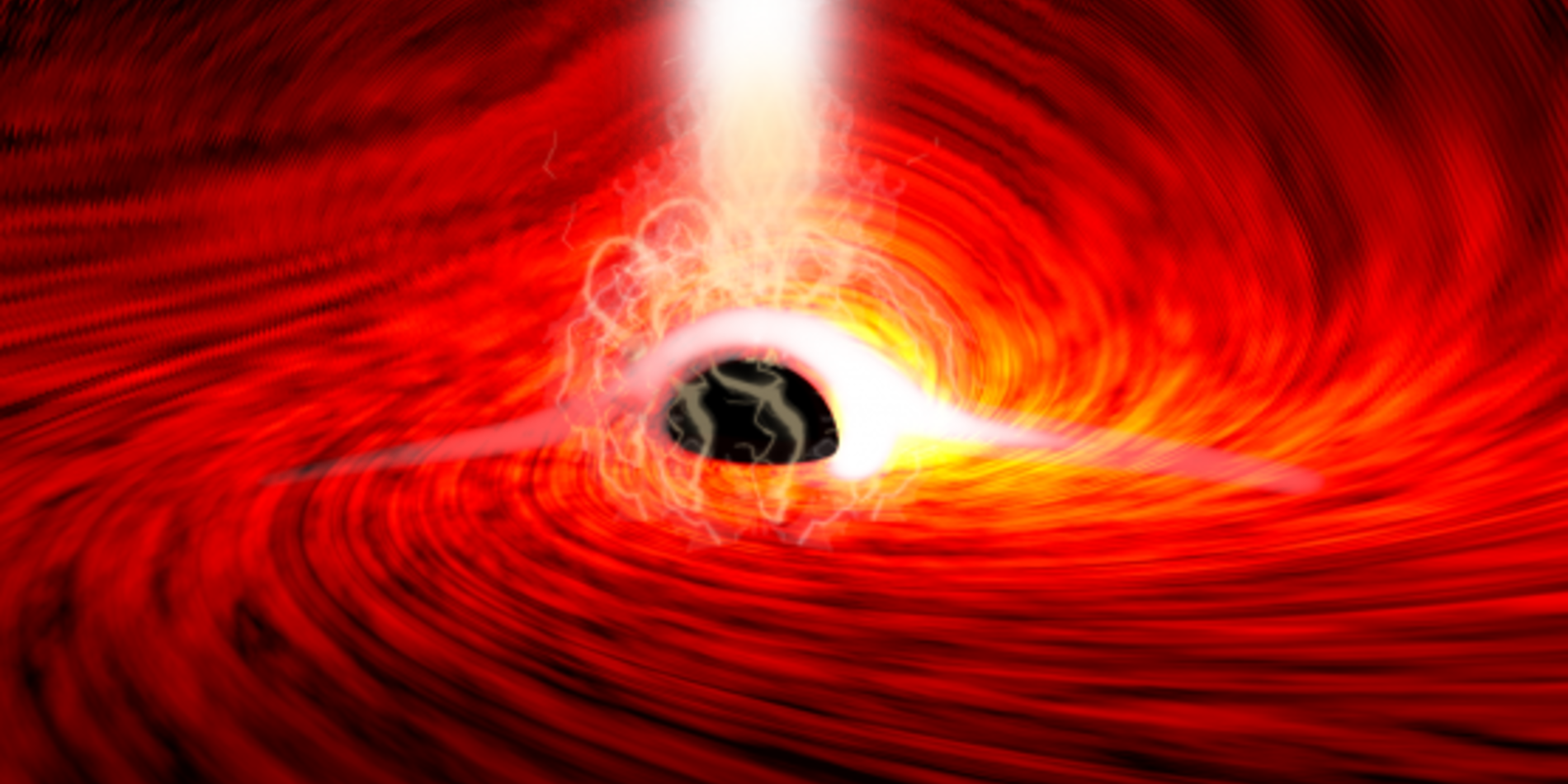How did Black Holes Shape the Cosmos? Fast, Low-noise X-ray Sensors May Provide the Answer

Next-generation X-ray telescopes will collect photons 10-30 times faster than those operating in space now. To take full advantage of this capability, the sensors on these observatories must at a minimum be able to record and process individual photons at correspondingly faster rates... To meet these challenges, a team of researchers at the Massachusetts Institute of Technology (MIT) Kavli Institute (MKI) for Astrophysics and Space Research, MIT Lincoln Laboratory, and the Stanford University Kavli Institute of Particle Astrophysics and Cosmology is leveraging almost forty years of NASA investment in development and operation of X-ray sensitive charge-coupled devices, and applying the latest developments in micro-fabrication and microelectronics technologies to obtain the required performance gains. Their goals are to increase sensor speed by a factor of 100 and reduce noise by a factor of three while maintaining power consumption at roughly the same level required by current technology.



